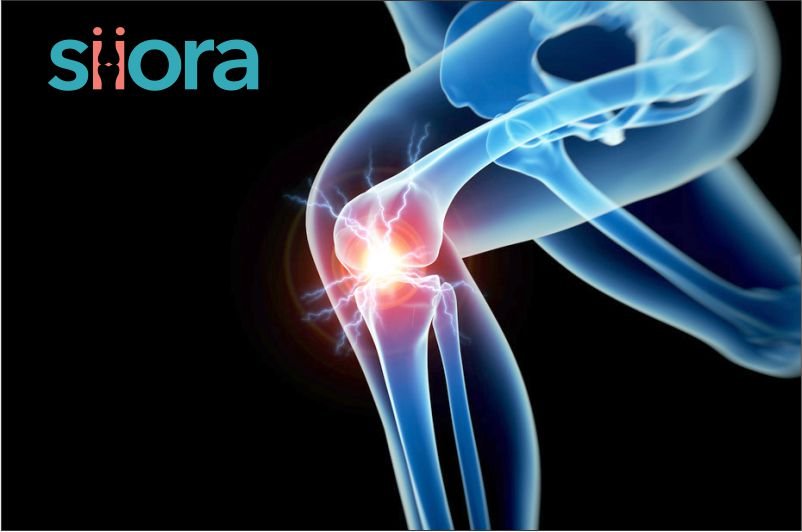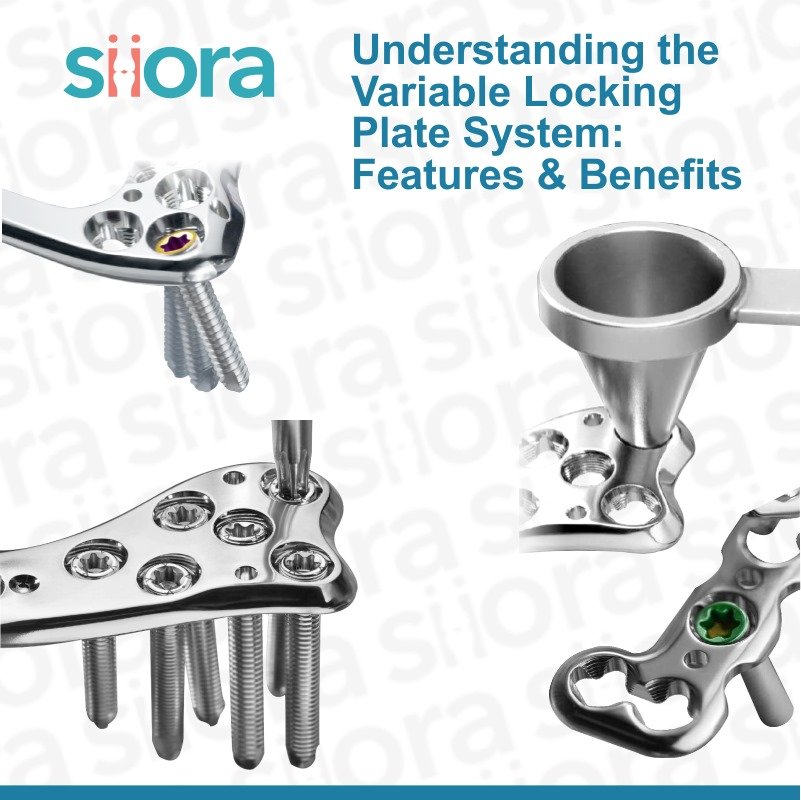If we talk about joint pain, then it is among the commonest problems that people complain about these days. One thing we should know about joint pain is that anyone can experience it irrespective of age and gender. However, it is common in the elderly and has multiple causes ranging from traumatic to non-traumatic. Most joint pain cases improve with medication and rest but, sometimes, the cause of pain requires surgical intervention. Joint reconstruction and joint replacement are two types of joint surgeries that orthopedic surgeons prefer. The cause of the pain will decide the type of surgery.
In this post, we will see the differences between these surgeries along with the situations in which surgeons recommend them.
What is Joint Reconstruction?
Joint reconstruction is the process of repairing muscles, tendons, ligaments, and other soft tissues. This surgery is suitable for shoulder, knee, ankle, wrist, elbow, and hip joints. It is not a major surgery and is recommended when the cause of joint pain is not severe. Joint reconstruction can help combat chronic joint pain while providing long-term relief.
Joint reconstruction surgery is always a better option for chronic joint pain as it offers chances for the patient to regain strength and flexibility. In reconstruction surgery, the orthopedic surgeon repairs torn/damaged muscles or soft tissues using special orthopedic implants and instruments. One good thing about reconstruction surgery is that recovery is fast and hence, the patient comes to a better routine life sooner. However, the relief after joint reconstruction is temporary.
To get the best results, following a rehabilitation program is a must. This should be carried out under an experienced professional.
When do Orthopedic Surgeons Recommend Joint Reconstruction Surgery?
Orthopedic reconstruction is the best option for the treatment of chronic pain, especially when there is no significant damage to the bones and soft tissues forming the joint is there. Diagnosis of the joint pain is done and based on that, the orthopedic specialist decides whether the condition will improve with reconstruction surgery or not. Some of the conditions that may improve with joint reconstruction surgery include:
- Anterior Cruciate Ligament (ACL) Injuries
- Cartilage Tears
- Medial Collateral Ligament (MCL) Injuries
- Osteoarthritis
- Osteonecrosis
- Rotator Cuff Injuries
- Post-traumatic Arthritis
- Patellofemoral Syndrome
- Fractures
These are some of the conditions for which an orthopedic surgeon may recommend joint reconstruction surgery.

What is Joint Replacement?
The second type of surgery which orthopedic surgeons commonly perform for joint pain relief is joint replacement. When compared to reconstruction, replacement surgery is a complex and major procedure that requires expertise. It is often the choice of option in people with advanced end-stage joint disease. This is because such cases cannot be managed with reconstruction surgery. Besides this, replacement is a must when the joint is badly injured because of high-intensity trauma or a sports injury.
Above all, certain conditions like osteoarthritis also demand replacement surgery when the condition is beyond repair. Depending on the extent of damage, joint replacement surgery can be of two types:
- Partial joint replacement
- Total joint replacement
Let us have a detailed look at these.
Partial Joint Replacement Surgery
Partial joint replacement is the option when the damage is there in some part of the joint. In such a scenario, the surgeon replaces the injured part of the joint with a prosthesis. The type of prosthesis used will depend on the type of joint being replaced. The common joints that are operated on with replacement surgery are the hip, knee, and shoulder joints.
The surgery involves removing the damaged tissues and bones while preserving the ones that are intact and undamaged. This helps with faster and better recovery.
When compared to total joint replacement, partial joint replacement surgery requires lesser dissection of bone and soft tissues. Thus, a better joint structure can be maintained. Above all, less blood loss is there and the patient experiences faster and better recovery. However, to get the best results and the maximum range of motion, rehabilitation, and physical therapy are important.
One drawback of partial joint replacement surgery is higher revision rates. This means repeat surgery is needed in some cases for correction. Here, it is important to know that repeat surgery could be more complicated than the previous one.
Total Joint Replacement Surgery
Total joint replacement is more common than partial joint replacement and the success rate of the procedure is higher. Unlike partial replacement, total joint replacement requires the removal of the entire joint. This is because such surgeries are performed in cases where the damage is severe and it is not possible to preserve any part of the joint. During the surgery, the orthopedic surgeon will remove all the damaged cartilage and bone, and places a prosthesis in its place.
The decision to total joint replacement will be taken based on the extent of damage to the bones and soft tissues. It is also the choice of option in severe cases of joint dysfunction, chronic pain, rheumatoid arthritis, and osteoarthritis. Joint replacement is also feasible for the treatment of other degenerative joint conditions.
Revision rates with total joint replacement surgery are very low when compared to partial joint surgery. Thus, wherever feasible, it is the choice of option for chronic joint pain treatment.
If we talk about the life of joint prostheses, then they often last for at least 10 years or even more. However, it will also depend on how the patient will take care of the artificial joint and follow the post-surgery instruction.
Benefits of Joint Replacement Surgery
Joint replacement surgery is advantageous in many ways:
- It significantly relieves joint pain, and, in some cases, the pain eradicates.
- Joint replacement surgery can restore the range of motion of the joint in most cases. However, it assists with a better quality of life by greatly improving joint mobility.
- The success rate of joint surgery is higher, and the new implant tends to work as expected for years.
The recovery after joint surgery also depends on how the patient follows rehabilitation and physical therapy sessions.
Joint surgeries are suggested when conservative non-surgical methods like rest, medication, physical therapy, and injections fail to provide the required relief.
Siora Surgicals Pvt. Ltd. is an experienced orthopedic device manufacturer in India. Operating for over 3 decades, the company manufactures a huge range of CE-certified trauma implants and instruments including prostheses. Siora is also a trustworthy OEM/contract manufacturing service provider across the globe.








